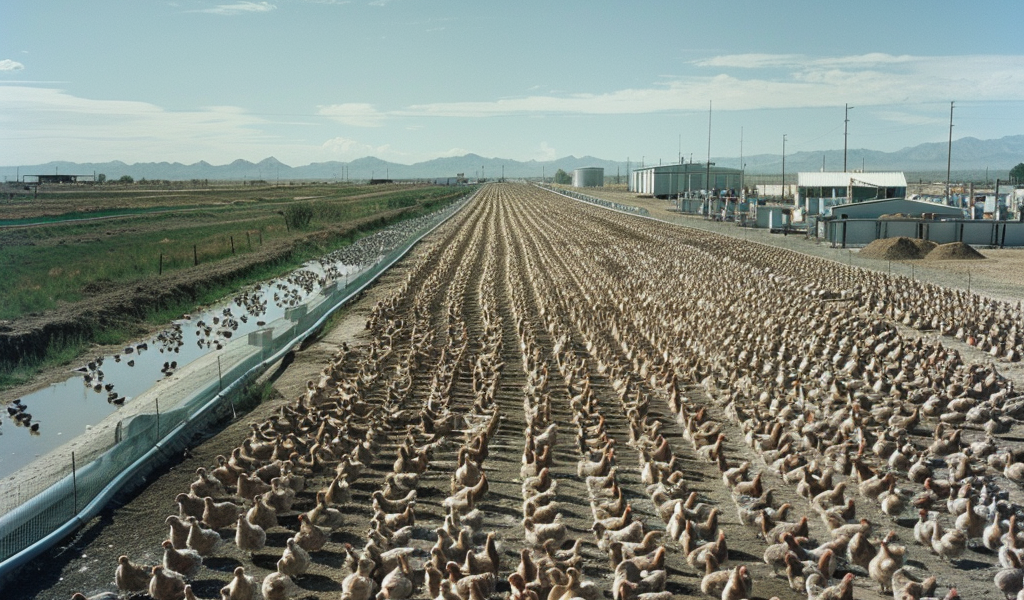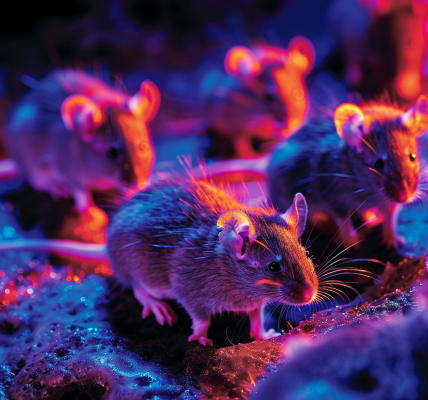New Mexico has confirmed its third case of highly pathogenic avian influenza (HPAI) in poultry, marking a concerning trend in the state. The latest case was reported in a commercial hatchery in Roosevelt County on April 17, involving a total of 51,800 birds. This comes after the initial two cases were identified earlier in April, with the first case affecting 61,500 birds on April 12 and the second case impacting 15,300 poultry on April 15, all in the same county.
The United States Department of Agriculture (USDA) Animal and Plant Health Inspection Service (APHIS) has been actively monitoring the situation, although the specific type of hatchery affected was not disclosed. Additionally, six dairy herds in New Mexico have also tested positive for the virus since the beginning of April, raising concerns about the spread of HPAI in livestock.
While the World Organisation for Animal Health (WOAH) has reassured that backyard poultry and dairy cattle infections should not disrupt global poultry trade, industry experts are emphasizing the importance of stringent biosecurity measures. Lindy Chiaia, the National Turkey Federation (NTF) vice president of scientific and regulatory affairs, highlighted the need for increased vigilance among farm operators and workers to prevent further transmission of the virus.
As the HPAI cases continue to emerge in commercial poultry flocks across the United States, Mexico, and Canada, stakeholders are urged to stay informed and maintain strict biosecurity protocols. To track the latest developments and outbreaks, interested parties can refer to an interactive map on WATTPoultry.com and access comprehensive coverage of the global avian influenza situation.
With the ongoing challenges posed by avian influenza outbreaks, it is crucial for the poultry industry to remain proactive in safeguarding the health and well-being of poultry populations. By staying vigilant and implementing effective biosecurity measures, stakeholders can mitigate the risks associated with HPAI and protect the integrity of the poultry supply chain.





